AS we all already know, there are so many wedding customs around the world, so it’s interesting to see how different cultures and celebrate their weddings with their life partners!
We have discovered hundreds of meaningful and romantic wedding traditions around the world that symbolise romance, health and happiness. Keep reading to see how brides and grooms from all over the world celebrate their wedding traditions with each other.
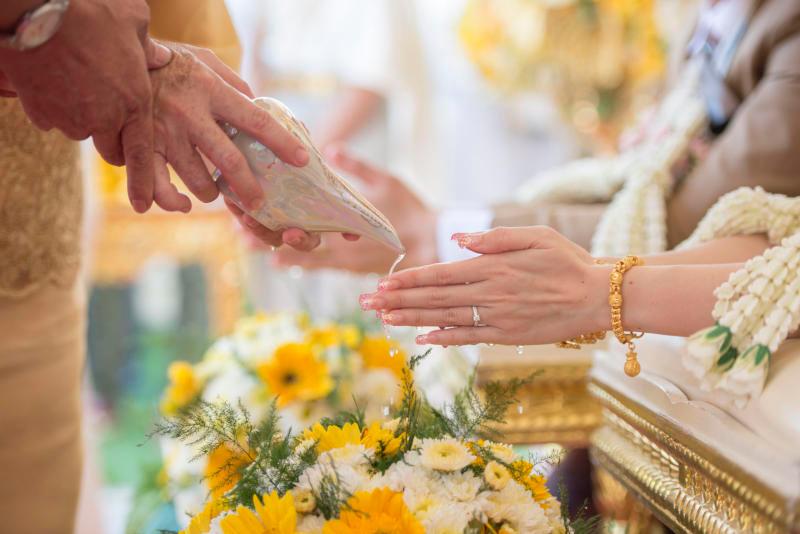
THAILAND
Thai weddings are full of Buddhist rituals designed to honour the ancestors of the bride and groom and to sanctify their union. During the ceremony, the couple kneel side by side in a prayer position. A beloved elder from the family, preferably one who is happily married, places a traditional headpiece on their heads, known as a Mongkol. Mongkol is made of a single strand of thread blessed by the monks. The bride and groom wear the Mongkol until the end of their wedding ceremony, symbolising eternal harmony and unity.
Next, the wedding’s most precious guests line up, taking turns pouring water into the couple’s interlocked hands from the blessed shells commonly found at sea. The custom is to wish for the couple’s well-being, and the guests give marriage advice while pouring the water.
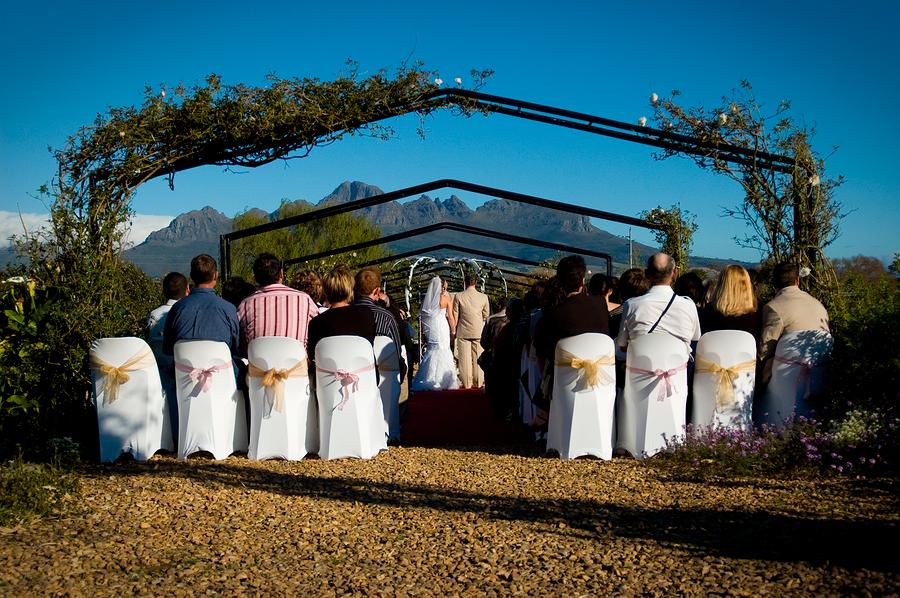
SOUTH AFRICA
Weddings in South Africa have an ancient tradition. Each ceremony should have 12 symbols representing various aspects of the couple’s lives. These symbols can include wine, wheat, broom, honey, bitter herbs, salt, pepper, spoons, spears, pots, shields, and scriptures such as the Bible or the Quran. In addition to the 12 symbols of life, the bride and groom are tied together with a ceremonial grass to symbolise the union of a pair.
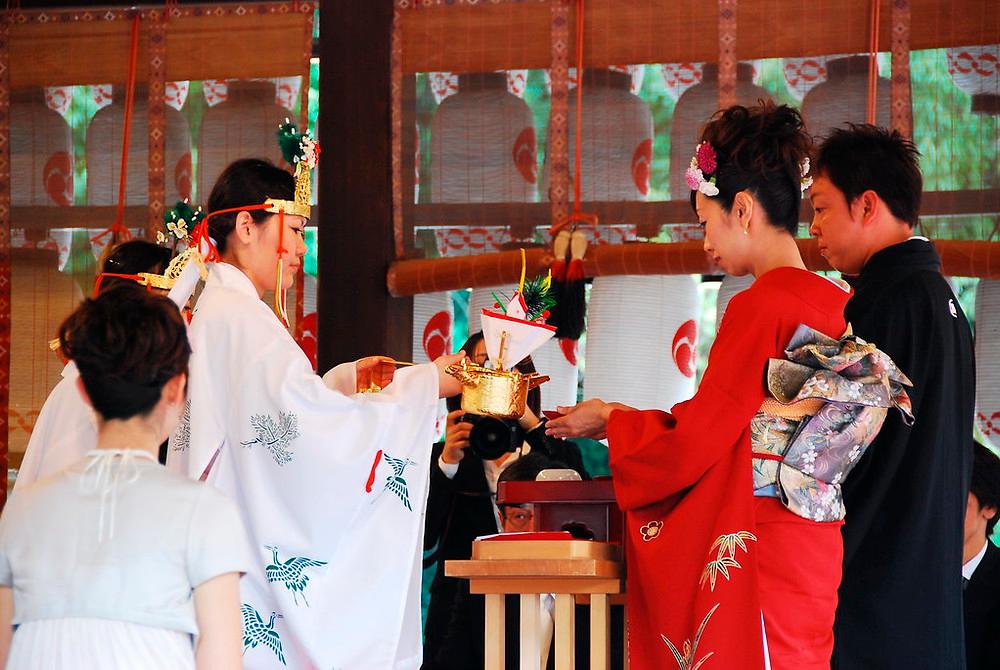
JAPAN
Japan is a knowledge-rich country where thousands of years of tradition are somehow combined with westernisation. However, traditional Shinto rituals are still respected and followed by the Japanese. Shinto is an indigenous, nature-based religion in Japan, and often weddings are deeply ingrained in ancient Japanese mythology. The bride and groom will wear formal kimonos.
The bride will look particularly glamorous in a unique headdress called tsunokakushi, meaning “hide the horns” (because all women supposedly secretly have horns). The couple perform rituals that symbolise their union and devotion, including the exchange of sake cups, at their chosen temple. The priests and maidens that are present encourage the couple to express their gratitude for the new family and pray for divine protection.
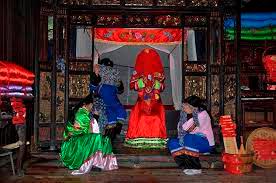
CHINA
Weddings are often emotional events, but in some parts of China, such as in southwestern Sichuan, crying is an essential part of wedding preparations. A month before their upcoming wedding, the brides will weep for an hour every day.
Ten days after the ceremony, the bride is then joined by her mother, and after ten days, the bride’s grandmother joins the crying duo, and eventually the rest of the family joins the weeping discord. The practice is known as Zuo Tang. The ceremony dates back to the Warring States period in China, when Princess Zhao’s mother shed tears at her wedding.

INDIA
Indian pre-wedding rituals are a bit more traditional than nail arts at wedding parties. Before the ceremony, Indian brides often sit for hours with their female friends and family members, intricately painting their skin with a special henna dye called mehndi. Henna is a fine wedding tradition in India, intricate details are attractive, and inking the bride has been a ritual for more than 5,000 years.
It is usually prepared by crushing the leaves of the henna tree and adding lemon juice to make a paste. This henna recipe can be used for both artistic and medicinal purposes. This solution is usually applied to the bride’s hands and feet to create a paisley pattern. It is believed that the darker the henna of the bride, the stronger the marriage. Unlike tattoos, henna is temporary and lasts three to seven days.
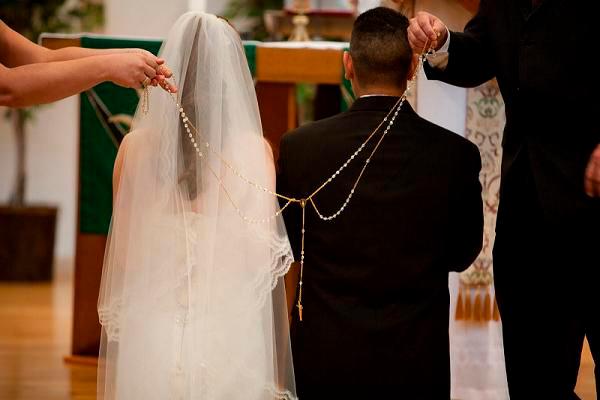
MEXICO
Although modern Mexican weddings are a mixture of ancient and new traditions, El Lazo remains a common ritual. A flower chain or rosary, symbolisng love and unity, is wrapped around the shoulders of a pair of Padrinos (godparents) in accordance with their wedding vows. Traditionally, godparents are chosen based on their experience and strengths in their relationship, and it is considered unfortunate if they have the support of a single woman to wear the noose.
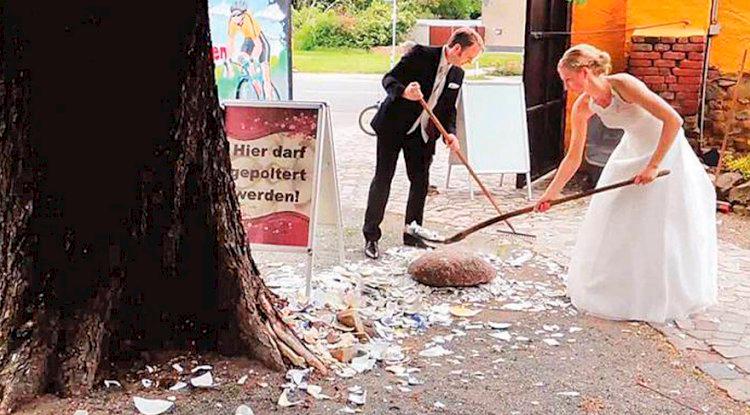
GERMANY
Often quite pragmatic Germans remind us that marriage is more than a beautiful ceremony and feast. They want to know that the bride and groom can overcome the many challenges of life together. And they measure it in the most German way: by logic.
On the eve of many weddings in Germany, family and friends of the couple gather at the bride’s home to participate in a tradition known as Polterabend. This is where the people break bowls upon the ground and watch the couple sweep away the trash together. This is so that they can show their loved ones that they act in unity, and can literally clean up any mess that happens in their future after they are married.
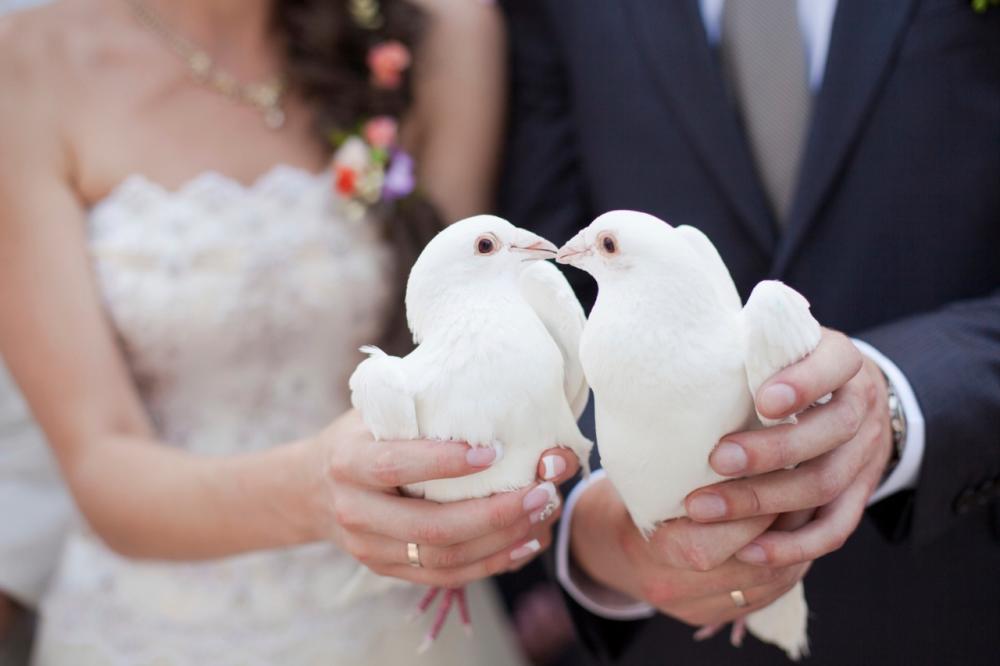
PHILIPPINES
Filipino culture has a dreamy nuanced tradition where the bride and groom release a pair of doves together on their wedding day. Doves are a symbol of peace and harmony, as is the case at weddings in the Philippines. During the reception, the bride and groom release the trapped male and female doves by pulling the cage door open together. The birds take flight to deliver peace and harmony for their life ahead, as well as for their marriage.
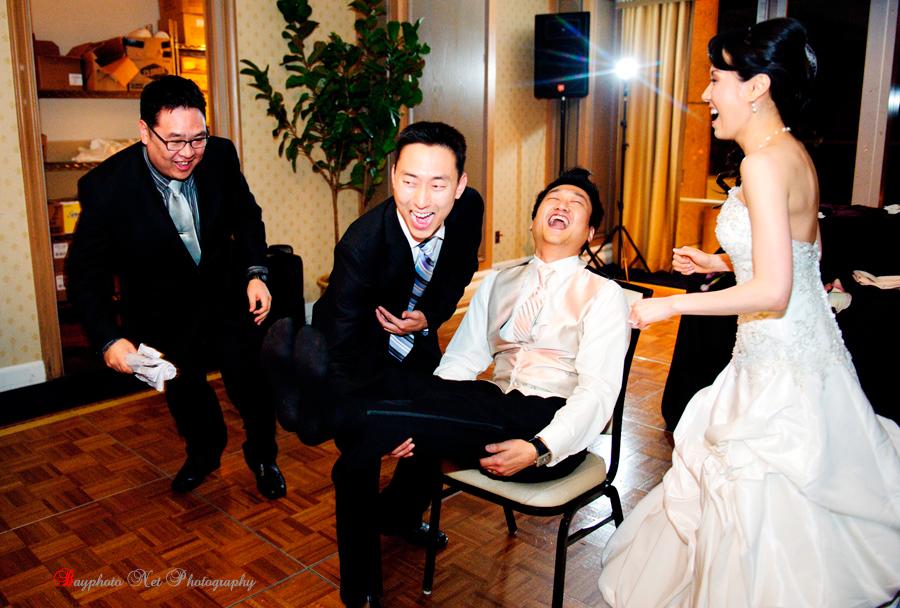
SOUTH KOREA
After the wedding, Korean grooms go through certain rituals before leaving with their new wife. Family members or groomsmen take off the groom’s shoes, ties his ankles with ropes, and then alternately beat his feet with a stick or, in some cases, dried fish.
This amusing ritual holds an important place in the Korean wedding culture. It is believed that this practice makes the groom stronger in his marriage and family life. Although the ritual is obviously painful, it ends quickly and is more fun than punishment.









